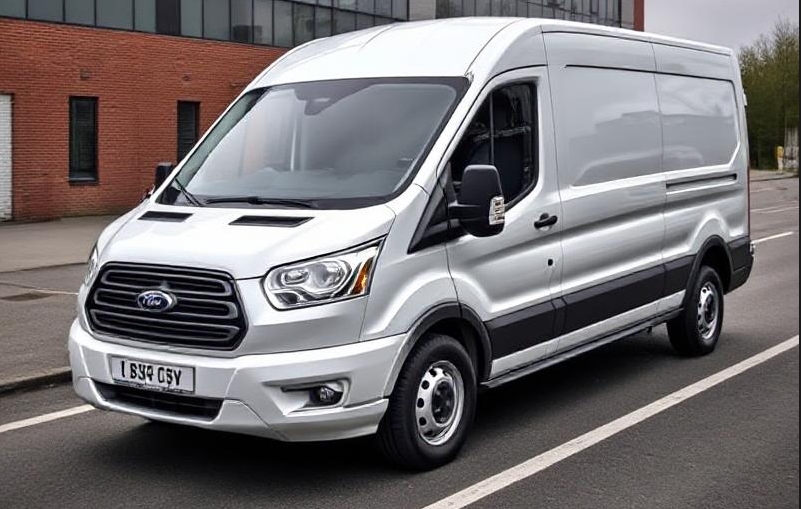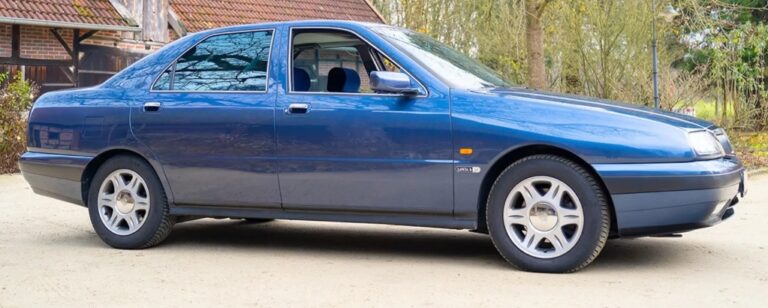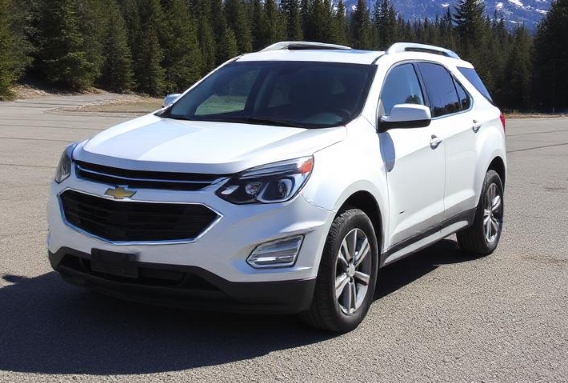The Evolution of the Ford Transit: A Comprehensive Overview
The Ford Transit is a staple of the commercial vehicle market and has evolved considerably since its inception. Renowned for its versatility, durability, and functionality, the Transit has cemented its place in various industries, from transport and logistics to construction and service delivery. Let’s delve into the history, development, and variations of the Ford Transit over the years.
Origins and Early Production (1965-1979)
The Ford Transit was first introduced in 1965 as a response to the growing demand for commercial vehicles in Europe. Developed from a platform based on the Ford Cortina and influenced heavily by the success of the Ford Thames, the Transit was engineered to serve businesses requiring a reliable van.
The original model, known as the Mark I, featured a boxy design that became iconic for commercial vehicles. The Mark I was produced from 1965 to 1978 and was offered in various body styles, including short, medium, and long wheelbases, as well as high and low roofs. Engine options included a 1.7-liter and a 2.0-liter four-cylinder petrol engine along with a diesel variant later introduced due to demand for more fuel-efficient engines.
In the UK, this period also saw the emergence of several trim levels, including:
- Base Model: A utilitarian version with minimal features.
- Super Van: A more extended version for more significant cargo spaces.
- Camper Van: A popular model that allowed conversion for leisure use.
Transition and Updates (1979-1994)
From 1978 to 1986, the Mark II Transit was produced, characterized by a more modern look that still retained the boxy aspect. The Mark II offered further refined features such as improved engines, cockpit layouts, and operational efficiencies. The diesel engine selections were expanded to include the 2.5-liter choice, enhancing the Transit’s appeal for heavy-duty applications.
The Mark III rolled out in 1986 and continued production until 1994. This iteration brought new safety features and a more aerodynamic design, which not only improved fuel efficiency but also contributed to a quieter ride. It was equipped with the option of a 2.0-liter petrol or diesel engine, appealing to a wider range of commercial applications.
.
SEARCHING for those hard to find FORD manuals, guides & books?
This place has you covered! SEE All FORD Manuals From 1920 – 1989.
CHOOSE the year of your vehicle:
.
The Modern Era Begins (1994-2005)
With the introduction of the Mark IV in 1994, Ford Transit began to embrace a design philosophy that prioritized driver comfort and ease of use alongside functionality. This version showcased an upgraded dashboard and improved driving ergonomics, reflecting the ever-changing needs of commercial entities. The engine variants expanded further with the addition of a 2.4-liter turbo diesel engine, known for its reliability and performance in hauling heavy loads.
The Mark V, introduced in 2000, added significant advancements in safety, including the introduction of airbags and the development of a more rigid body structure. This version was also available in various trims, such as the Transit S, Transit SE, and Transit LX, tailored to different user preferences.
The Transition to a Global Platform (2006-2013)
The Mark VI, launched in 2006, marked a significant shift for the Ford Transit. Its design was rooted in a global platform, which enabled Ford to standardize components and streamline production. The Mark VI offered a variety of wheelbases and body lengths, including a new front-wheel-drive option, enhancing the vehicle’s versatility.
Trim levels in this era included:
- Transit 350M: Designed for maximum payload.
- Transit 350L: Long wheelbase variant for increased cargo.
- Transit Connect: A compact version that catered to urban deliveries and was designed for those requiring a smaller, versatile model.
The introduction of more powerful engine choices and refined consumption rates marked this era of the Transition, cementing its position in urban logistics.
The Evolution to Advanced Technology (2014-Present)
In 2014, Ford launched the Mark VII, introducing a fully redesigned Transit that embraced modern technology and features. This version came with significant updates in safety, performance, and fuel efficiency, emphasizing Ford’s commitment to sustainability and operational cost reduction.
One of the most notable technological introductions was the EcoBoost engine, providing better fuel economy without sacrificing power. The Mark VII maintained numerous trim options such as:
- Transit 150: Designed for light to moderate usage.
- Transit 250: A middle-of-the-road option ideal for heavier loads.
- Transit 350: A robust option tailored for those needing the maximum load and towing capacities.
As part of the 2014 revamp, the available body configurations expanded to include various roof heights and lengths, enhancing the Transit’s appeal across diverse market needs.
The Transit in the Electric Age (2021-Present)
As the automotive industry leans toward electrification, Ford responded by unveiling the Ford E-Transit in 2021. This fully electric version of the Transit represents an essential step towards sustainability and aims to meet the demands of businesses looking for greener alternatives in their fleets. It offers the same versatility and functionality as its gasoline and diesel counterparts while producing zero emissions.
The E-Transit comes in various configurations to cater to different business needs, ranging from last-mile delivery services to service industry applications.
The latest iteration also includes smart technology options, such as Ford’s Co-Pilot360 suite, which provides advanced driver-assistance features. These innovations reflect the company’s commitment to not just meeting current market demands but also anticipating future needs.
Conclusion
The Ford Transit has come a long way since it first hit the roads in 1965. Its evolution from a basic boxy van to a sophisticated commercial vehicle reflects changing market dynamics and customer expectations. With numerous body styles, engine options, and modern technology integrated into its design, the Transit continues to serve various industries effectively.
As the company moves towards electrification and continues to innovate, the Ford Transit stands poised to remain a leader in the commercial vehicle market, symbolizing resilience, versatility, and adaptation through decades of change. Whether for urban delivery, passenger transport, or supporting service industries, the Transit is a vehicle designed for the future while honoring its storied past.








